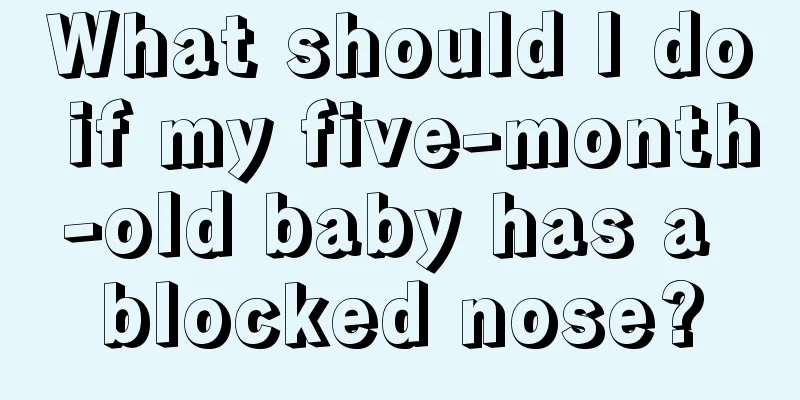How to reduce swelling of children's nasal concha

|
Swollen nasal conchae in children is a type of inflammatory infection, which is mainly caused by lesions and mildew in the nasal cavity. In normal times, it is necessary to go to the hospital for reasonable examinations according to the factors of the disease. In addition, you also need to pay attention to it in your life. Indoor pests such as cockroaches should be eliminated in time, and pets should be kept away as much as possible. Avoid the stimulation of cold air during the seasons.
1. Control the occurrence of indoor mold and mildew. 2. Do not use carpets or feather bedding, keep the room clean and hygienic, reduce indoor dust, keep the room ventilated, and hang clothes to dry frequently. 3. Completely kill pests such as cockroaches. 4. Keep away from pets. 5. Maintain a regular daily routine and keep warm. Especially when seasons change, dress appropriately to avoid catching a cold and other stimulation from cold air.6. Avoid eating any food that can cause allergic rhinitis, and be careful when eating fish, shrimp, and crab. 7. Quit smoking and drinking. 8. Strengthening physical fitness is very important for patients with allergic rhinitis, and they should pay attention to physical exercise regularly. [3]
(1) Strengthen physical exercise. You can choose aerobic exercises such as jogging, Tai Chi, and badminton. Persistence can enhance physical fitness and improve the body's disease resistance; promote blood circulation, so that the blood flow in the nasal concha is not easily blocked and congested. (2) Starting from the warm summer, wash your face and wipe your nose with cold water all year round to enhance your body’s resistance to cold, especially your nose. When a cold wave hits or the temperature changes suddenly, take care to keep warm. Dry your hair after taking a shower before going to bed to prevent a cold. Remember to wear a mask when appropriate. (3) Pay attention to the cleanliness of the air in the working and living environment, and avoid contact with dust and chemical gases, especially harmful gases. (4) Avoid eating raw or cold food, smoking, drinking alcohol, and spicy or stimulating food. Take appropriate vitamin supplements and try to choose foods that are easily digestible and absorbable. |
<<: What to do if your baby's nasal concha is swollen
>>: What to do if your child's nasal concha is swollen
Recommend
Why does the baby's fontanelle close late and how to deal with it
I believe every parent is very concerned about th...
What's wrong with a one-month-old baby who hasn't had a bowel movement for a day?
If a baby who is just one month old does not have...
Is acupuncture effective for treating tics in children?
Childhood tics are a type of tics with a very hig...
Reasons for dark green stools in babies
Today's babies need special attention in care...
What can children eat to treat constipation?
If the child does not eat properly during his/her...
Which department should I go to for my child's lumbar pain?
Children are the treasures of their parents. Inco...
Premature baby choking
Premature babies are becoming more and more commo...
6 reminders for mothers about the high incidence of colds in summer
In spring and summer, babies sweat a lot due to t...
What to do if your baby has a heart valve defect
Heart disease is very harmful to our body. Among ...
How to massage damp-heat in children
Damp-heat in children is not a good phenomenon, a...
Can children with tics be cured?
Tourette syndrome is actually a chronic disease i...
What are the symptoms of febrile seizures in children?
Febrile convulsions are a disease that mainly occ...
Ways to improve immunity in children
Nowadays, the incidence of various diseases among...
How to solve the problem that baby doesn't like to eat vegetables
The problem of babies not liking to eat vegetable...
A one-year-old child has a lump on the right side of his neck
If a one-year-old child has a lump on the right s...









